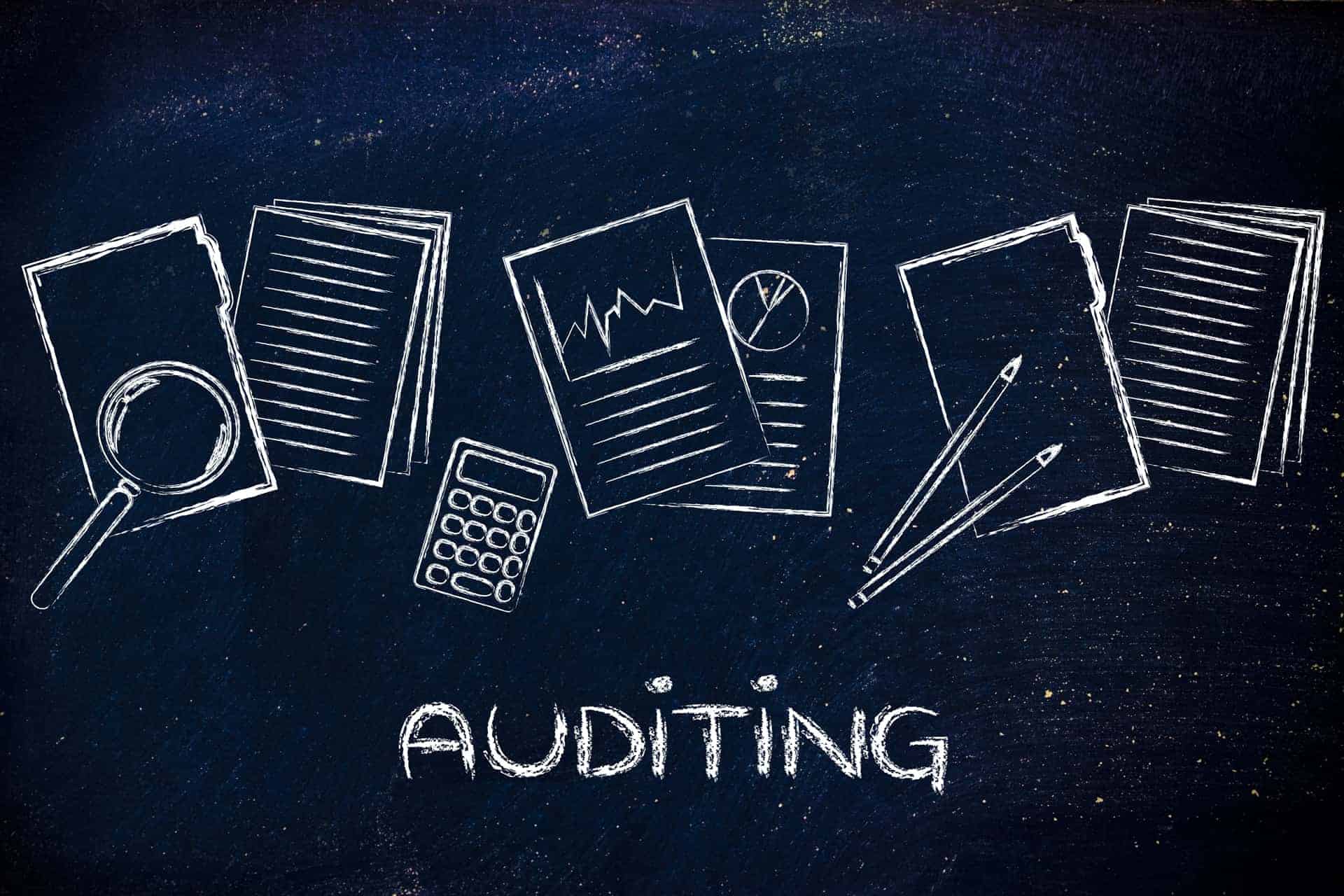
In the dynamic realm of the internet, maintaining a robust online presence is crucial for businesses and individuals alike. A website serves as the digital storefront, making periodic evaluations imperative to ensure optimal performance and user satisfaction.
This brings us to the pivotal question: Why conduct a website audit? This article aims to unravel the significance of website audits, guiding you through the process of conducting one and extracting actionable insights for improved online performance.
Getting Started - Preparing For Your Audit
Understanding The Purpose
Before embarking on a website audit, clarity on the objectives is paramount. Define the purpose - whether it's enhancing user experience, improving SEO, or fixing technical glitches.
Setting Goals And Benchmarks
Establish measurable goals and benchmarks to gauge the success of your website audit. Whether it's reducing page load time or increasing conversion rates, clear goals streamline the audit process.
Gathering Relevant Data
Collect baseline data on website performance, user behavior, and SEO metrics. This information provides a starting point for comparisons post-audit.
Tools And Resources For Effective Auditing
Google Analytics
Explore the capabilities of Google Analytics for comprehensive insights into website traffic, user behavior, and conversion data.
SEO Tools (e.g., SEMrush, Ahrefs)
Utilize powerful SEO tools to analyze keywords, backlinks, and competitor strategies, uncovering opportunities for improvement.
Web Crawlers (e.g., Screaming Frog)
Leverage web crawling tools to identify technical issues such as broken links, duplicate content, or missing meta tags.
Analyzing Website Performance Metrics
Page Load Speed
Delve into the significance of page load speed and how it impacts user experience and SEO rankings.
Bounce Rate And Dwell Time
Explore the correlation between bounce rate, dwell time, and user engagement, deciphering their implications for website success.
Conversion Rates
Understand the role of conversion rates in assessing the effectiveness of your website in converting visitors into customers.
Identifying And Fixing Technical Issues
Mobile Responsiveness
Examine the importance of mobile responsiveness and strategies to ensure seamless user experiences across devices.
Crawl Errors And Indexing Issues
Address common technical issues like crawl errors and indexing problems that hinder search engine visibility.
SSL Certificate And Security Protocols
Discuss the critical role of SSL certificates and security measures in safeguarding user data and building trust.
Content Evaluation And Optimization Strategies
Content Relevance And Quality
Explore methods to evaluate the relevance and quality of your content, aligning it with user intent and expectations.
Keyword Analysis And Integration
Uncover the art of keyword analysis and integration, optimizing content for search engines while maintaining readability.
Multimedia Optimization
Highlight the importance of optimizing multimedia elements, such as images and videos, for faster load times and enhanced user experience.
SEO Best Practices For Website Audits
On-Page SEO Optimization
Discuss strategies for on-page SEO, including title tags, meta descriptions, and header tags, to improve search engine rankings.
Backlink Analysis
Explore the significance of backlinks and techniques for conducting a thorough backlink analysis to identify opportunities for improvement.
Local SEO Considerations
Address the importance of local SEO for businesses targeting specific geographic regions and provide optimization tips.
User Experience And Design Considerations
Navigation And Accessibility
Examine the impact of intuitive navigation and accessibility on user experience and discuss strategies for improvement.
Aesthetic And Functional Design
Highlight the synergy between aesthetic appeal and functional design, emphasizing their role in engaging and retaining visitors.
Responsive Design For Various Devices
Reiterate the importance of responsive design, ensuring seamless experiences across desktops, tablets, and smartphones.
Security Measures - Ensuring A Safe Website
Firewalls And Regular Security Audits
Discuss the implementation of firewalls and the necessity of regular security audits to protect against cyber threats.
Data Encryption And Privacy Policies
Explore the significance of data encryption and transparent privacy policies to instill trust in users and comply with regulations.
Backup And Recovery Protocols
Emphasize the importance of robust backup and recovery protocols to mitigate the impact of potential data loss or security breaches.
Interpreting Audit Results - A Step-by-Step Guide
Data Analysis And Pattern Recognition
Guide readers through the process of analyzing audit results, identifying patterns, and distinguishing between minor fluctuations and significant issues.
Prioritizing Actionable Insights
Discuss strategies for prioritizing actionable insights based on the identified issues' impact on overall website performance.
Creating An Implementation Plan
Provide a step-by-step guide on crafting an implementation plan, outlining tasks, responsibilities, and timelines for addressing identified issues.
FAQs
Why Is It Crucial To Define The Purpose Of A Website Audit Before Beginning The Process?
Defining the purpose provides clarity on goals and streamlines the audit for specific outcomes, whether it's enhancing user experience or improving SEO.
What Role Does Google Analytics Play In A Comprehensive Website Audit?
Google Analytics offers insights into website traffic, user behavior, and conversion data, providing a foundational understanding for evaluation.
How Does Mobile Responsiveness Impact User Experience, And What Strategies Ensure Seamless Experiences Across Devices?
Mobile responsiveness is vital for user experience, and employing responsive design ensures seamless interactions across various devices.
Why Is Content Optimization Essential For A Website, And What Aspects Should Be Considered, Including Multimedia Elements?
Content optimization enhances user engagement and SEO; it involves evaluating relevance and quality and optimizing multimedia elements for faster load times.
What Are The Key Security Measures Discussed For Ensuring A Safe Website, Especially Regarding Data Privacy And Protection?
Implementing firewalls, data encryption, and regular security audits, along with transparent privacy policies, are crucial for safeguarding a website and user data.
Conclusion
In conclusion, conducting a website audit is not just a routine task but a strategic initiative to ensure the longevity and success of your online presence. By navigating through the diverse facets of website audits, from technical intricacies to content optimization and security measures, you empower yourself to transform audit findings into actionable strategies. Embrace the insights gained from a thorough website audit to adapt, evolve, and thrive in the ever-evolving digital landscape.

